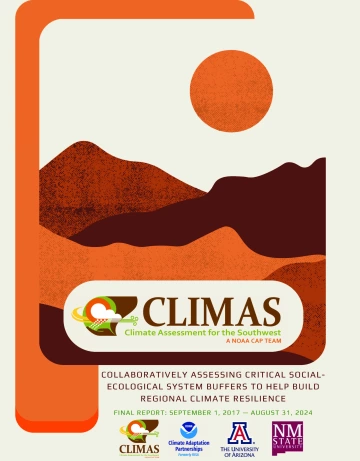Climate and Health Adaptation Monitoring Program (CHAMP): Identifying gaps in stakeholder needs regarding the climate-health connection
As part of the Climate-Ready States and Cities Initiative, the Center for Disease Control (CDC) engaged 16 states and two large cities to implement a five-step program called Building Resilience Against Climate Effects (BRACE) in 2009. The program aimed to help communities prepare for the health effects of climate change. As that project ends, the CDC is now supporting the monitoring and evaluation of the efforts developed under BRACE in a new effort called the Climate and Health Adaptation Monitoring Program (CHAMP). To support these monitoring and evaluation efforts, investigators are working to map the Arizona network of climate/health advocates, to identify gaps stakeholders need regarding the climate-health connection, and to develop strategies to better support these efforts.


